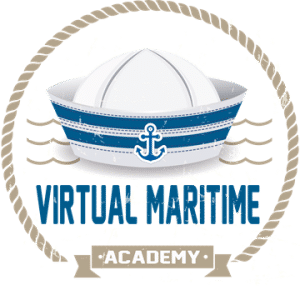In today’s world, the importance of surveillance and monitoring equipment cannot be overstated. Whether in the domain of security for businesses, ensuring public safety, or monitoring workplace environments, the strategic employment of these technologies has proven to be critical in deterring crime, enhancing operational efficiency, and ensuring regulatory compliance. This article explores the essential strategies and best practices for the effective use of surveillance and monitoring equipment.
Understanding the Purpose
Before implementing any surveillance system, it is crucial to have a clear understanding of its intended purpose. Surveillance can serve multiple objectives, including:
- Deterring criminal activities
- Monitoring employee productivity
- Ensuring compliance with health and safety regulations
- Gathering evidence for legal proceedings
- Enhancing situational awareness in public spaces
Identifying the primary aim helps in selecting the appropriate equipment and setting clear expectations for its deployment.
Selecting the Right Equipment
Choosing the right surveillance and monitoring equipment is pivotal. The market is flooded with various types of devices, including CCTV cameras, drones, GPS trackers, and wearable health monitors. Key factors to consider include:
- Resolution and Clarity: High-definition cameras are critical for capturing clear images and videos.
- Storage Capacity: Consider systems with adequate storage options, whether on local servers or cloud-based solutions.
- Night Vision: For areas requiring 24/7 monitoring, ensure cameras are equipped with night vision capabilities.
- Mobility: For dynamic environments, drones or portable monitoring devices may be useful.
- Integration: Ensure the selected equipment can integrate with existing security systems for a seamless operation.
Placement and Coverage
Proper placement of surveillance equipment is essential for maximum effectiveness. Key considerations include:
- Vantage Points: Cameras should be placed at strategic vantage points to cover critical areas and entry/exit points.
- Blind Spots: Regular audits should be conducted to identify and eliminate blind spots.
- Legal and Ethical Considerations: Ensure that placement adheres to privacy laws and does not infringe on individual’s privacy rights.
- Environmental Factors: Consider weather-proof and vandal-resistant equipment for outdoor usage.
Training and Awareness
Deploying sophisticated surveillance equipment without adequate training can render the system ineffective. It is crucial to:
- Train security personnel on the operation and maintenance of the equipment.
- Educate employees and stakeholders on the purpose and benefits of surveillance to ensure cooperation.
- Establish protocols for responding to incidents detected by the monitoring systems.
Regular Maintenance and Upgrades
Surveillance equipment needs regular maintenance to operate at peak efficiency. This includes:
- Periodic cleaning of camera lenses and sensors.
- Software updates to address security vulnerabilities and improve functionality.
- Timely replacement of outdated or malfunctioning equipment.
Data Management and Security
The surveillance data collected is highly sensitive and must be managed securely. Best practices include:
- Data Encryption: Employ encryption techniques to protect data transmitted and stored.
- Access Controls: Implement strict access control measures to ensure only authorized personnel can access the data.
- Retention Policies: Establish clear data retention policies to manage the storage and disposal of surveillance records in compliance with legal requirements.
Legal Compliance
Ensure that all surveillance activities comply with local, state, and federal laws. Important considerations include:
- Obtaining necessary permissions and licenses.
- Clearly signposting areas under surveillance to inform the public.
- Regularly reviewing and updating surveillance policies to remain compliant with changing laws and regulations.
Leveraging Advanced Technologies
Technological advancements offer innovative tools to enhance surveillance and monitoring capabilities, such as:
- Artificial Intelligence (AI): AI can analyze video feeds in real-time, detecting unusual activities and reducing the need for human intervention.
- Internet of Things (IoT): IoT devices can provide comprehensive monitoring by connecting various sensors and cameras into an integrated system.
- Facial Recognition: Facial recognition technology can enhance security by identifying individuals of interest instantly.
The effective use of surveillance and monitoring equipment involves a strategic approach encompassing purpose definition, appropriate equipment selection, meticulous placement, comprehensive training, regular maintenance, secure data management, legal compliance, and leveraging advanced technologies. By adhering to these best practices, organizations can maximize the benefits of their surveillance investments, ensuring enhanced security and operational efficiency.







